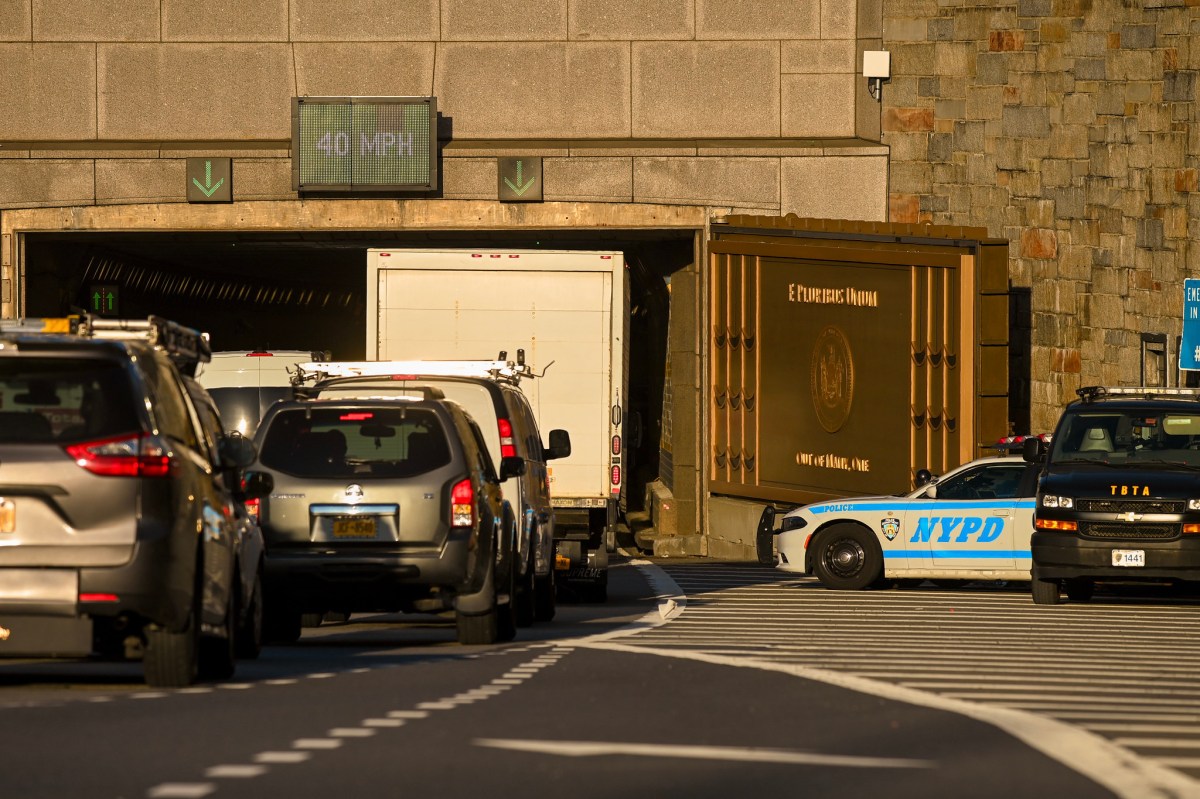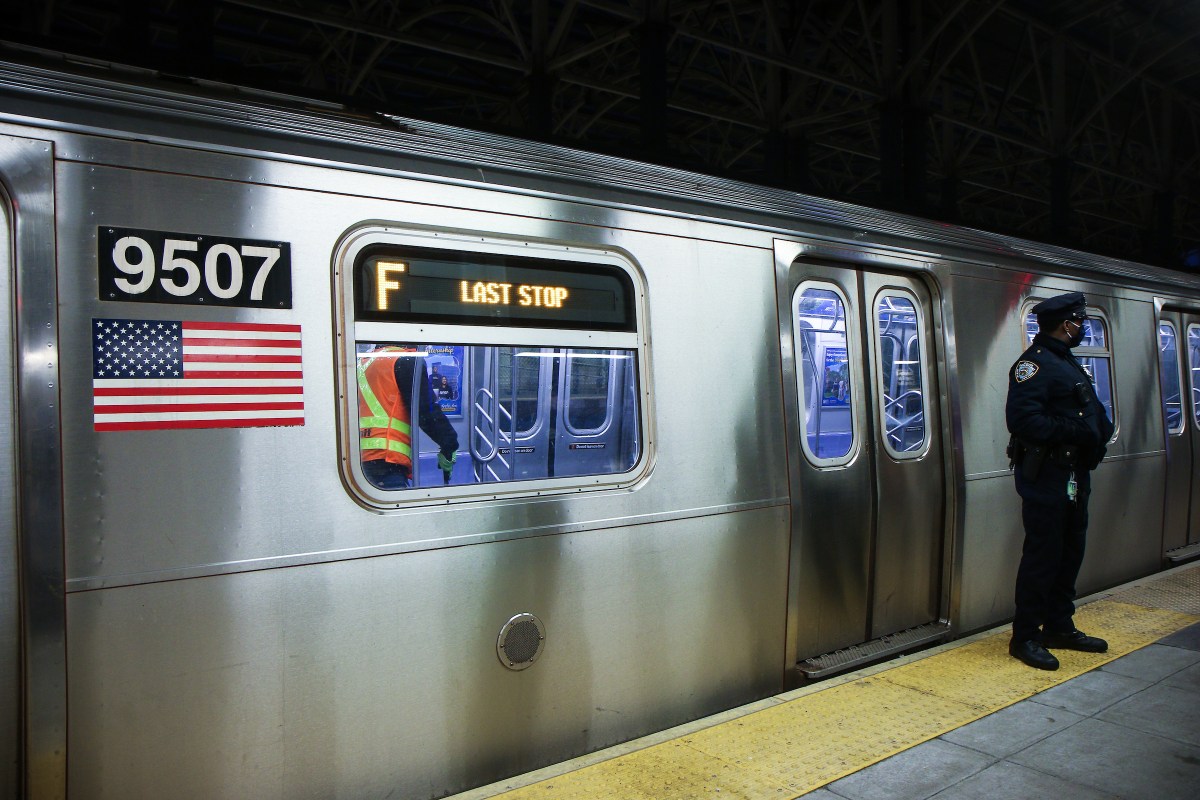By Gabriel Crossley and Hyonhee Shin
BEIJING/SEOUL (Reuters) – The coronavirus death toll climbed to seven in Italy on Monday and several Middle East countries were dealing with their first infections, sending markets into a tailspin over fears of a global pandemic even as China eased curbs with no new cases reported in Beijing and other cities.
While health experts have expected limited outbreaks beyond China, the rapid acceleration of cases in Italy going from three on Friday to 220 on Monday is concerning, the World Health Organization (WHO) said in a statement.
Just as China put cities on lockdown, Italian authorities sealed off the worst-affected towns, closed schools and halted the carnival in Venice, where there were two cases.
Shops are shut, bars are closed and people speak to each other from a safe distance in northern Italy.
Markets are nervous that Europe could experience disruptions similar to China, where air traffic has been disrupted and global supply chains rattled for everything from medicine to cars to smartphones.
But China’s actions, especially in Wuhan – the epicenter of the outbreak – probably prevented hundreds of thousands of cases, said the head of the WHO delegation in China, Bruce Aylward, urging the rest of the world to learn the lesson of acting fast.
“They’re at a point now where the number of cured people coming out of hospitals each day is much more than the sick going in,” he said.
The surge of cases outside mainland China triggered sharp falls in global markets as investors fled to safe havens. European equities markets suffered their biggest slump since mid-2016, gold soared to a seven-year high and oil tumbled 4%.
The Dow Jones Industrials and S&P 500 posted their biggest one-day percentage drops in over two years and Nasdaq had one of its worst days since December 2018. All three indexes closed down more than 3% after notching record highs last week on optimism the coronavirus would not seriously hurt global economies.
Wall Street’s fear gauge, the CBOE Volatility Index <.VIX>, jumped to a one-year high.
WHO chief Tedros Adhanom Ghebreyesus said the word “pandemic” did yet not fit the facts.
“We must focus on containment while preparing for a potential pandemic,” he told reporters in Geneva, adding that the world was not witnessing an uncontained spread or large-scale deaths.
The epidemic in China peaked between Jan. 23 and Feb. 2 and has been declining since, the WHO said.
Dr. Mike Ryan, head of WHO’s emergencies program, told reporters it was still possible to contain the virus and that it might appear each year like the flu.
“The virus may settle down into an endemic pattern of transmission, into a seasonal pattern of transmission, or it could accelerate into a full-blown global pandemic,” he said in Geneva on Monday. “And at this point, it is not possible to say which of those realities is going to happen.”
In the United States, the White House is considering asking lawmakers for emergency funding to ramp up its response to the fast-spreading virus, a White House spokesman and an administration source said on Monday. Politico and the Washington Post had reported the Trump administration may request $1 billion.
MEASURE OF RELIEF
Liang Wannian of China’s National Health Commission said while the rapid rise had been halted, the situation was still grim. He said over 3,000 medical staff had become infected, most in Hubei province surrounding Wuhan, probably due to the lack of protective gear and fatigue.
Excluding Hubei, mainland China reported 11 new cases, the lowest since the national health authority started publishing nationwide daily figures on Jan. 20.
Overall, China reported 409 new cases on the mainland, down from 648 a day earlier. That took the total number of cases to 77,150, while the death toll rose by 150 to 2,592.
There was a measure of relief for the world’s second-largest economy as more than 20 province-level jurisdictions, including Beijing and Shanghai, reported zero new infections.
Outside mainland China, the outbreak has spread to some 29 countries and territories, with a death toll of about two dozen, according to a Reuters tally.
South Korea reported 231 new cases, taking its total to 833. Many are in its fourth-largest city, Daegu, which became more isolated with Asiana Airlines <020560.KS> and Korean Air <003490.KS> suspending flights there until next month.
Kuwait, Bahrain, Oman, Afghanistan and Iraq reported their first new coronavirus cases, all in people who had been to Iran, where the toll was 12 dead and 61 infected. Most of the Iran infections were in the Shi’ite Muslim holy city of Qom.
A WHO team is due in Iran on Tuesday.
Japan had 773 cases as of late Sunday, mostly on the cruise ship quarantined near Tokyo.
In South Korea, drone footage https://share.insider.thomsonreuters.com/link?entryId=1_jqhog27w showed what appeared to be hundreds of people queuing up outside a Daegu supermarket to buy face masks.
(Interactive graphic tracking global spread of coronavirus https://graphics.reuters.com/CHINA-HEALTH-MAP/0100B59S39E/index.html)
(Reporting by Gabreil Crossley and Ryan Woo in Beijing and Hyonhee Shin in Seoul; Additional reporting by Judy Hua, Huizhong Wu, Yawen Chen, Lusha Zhang and David Kirton in Beijing, Engen Tham in Shangai, Joyce Lee and Cynthia Kim in Seoul, Tom Westbrook in Singapore, Kate Kelland in London, Simon Johnson in Stockholm, Andrea Shalal in Riyadh, Stephanie Nebehay and Michael Shields in Geneva and Susan Heavey and Tim Ahmann in Washington; Writing by Robert Birsel, Nick Macfie and Lisa Shumaker; Editing by; Simon Cameron-Moore, Mark Heinrich and Bill Berkrot)

















